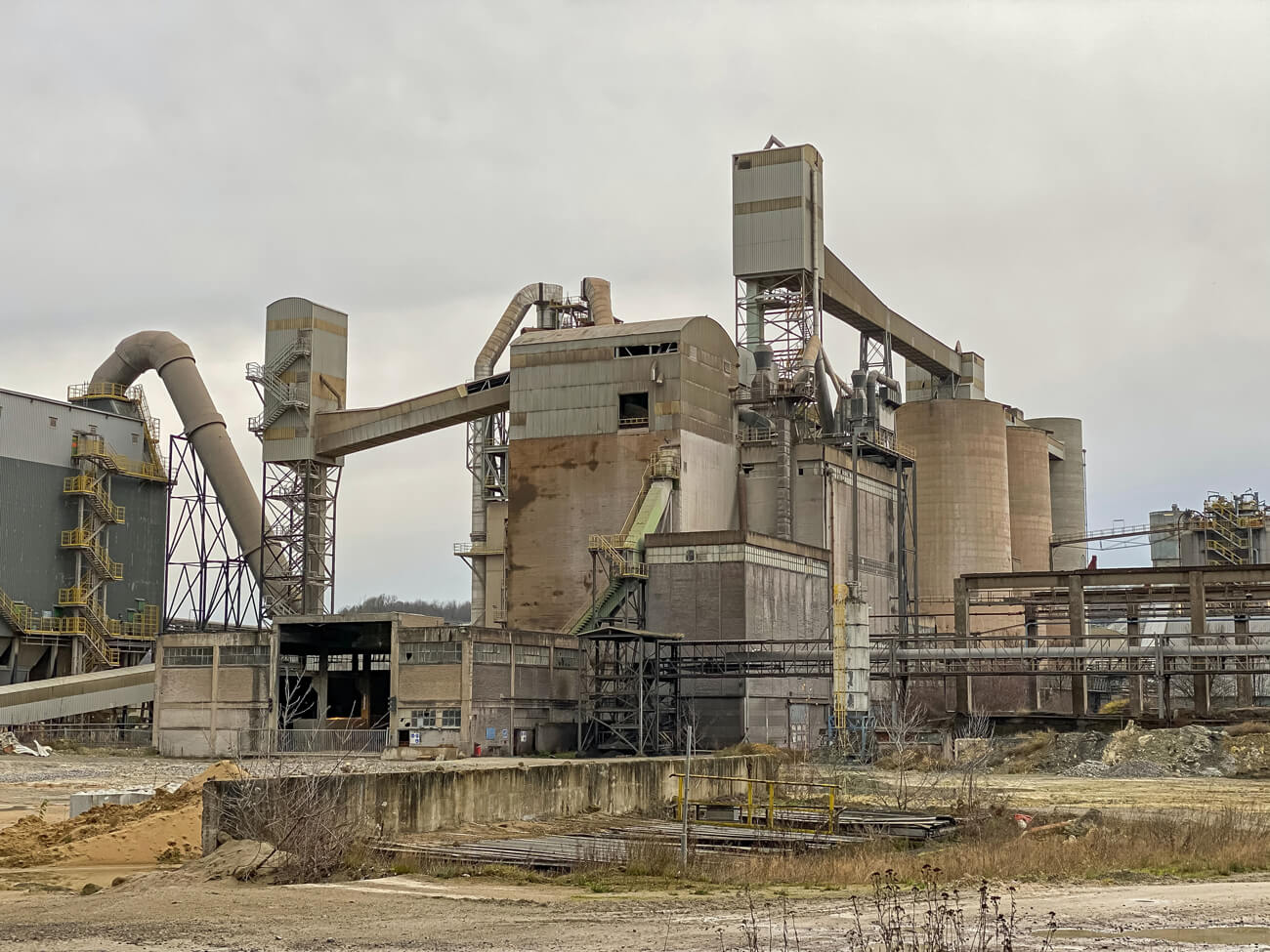Occupational health and safety are among the cement industry’s main concerns, specifically exposure to cement dust and its effect on human lungs.
Occupational health and safety are among the cement industry’s main concerns, specifically exposure to cement dust and its effect on human lungs.
The dust challenge
Unfortunately, dust emissions are associated with each stage of cement manufacturing. Processing of raw materials, transportation by trucks or conveyor belts, kiln systems, clinker coolers and mills, and packaging activities can all release significant amounts of airborne dust.
Cement dust contains various types of metal oxides including calcium oxide, silicon oxide, aluminium trioxide, ferric oxide, magnesium oxide, sand and other impurities. While some types of dust can aggravate allergies, worsen asthma symptoms or cause respiratory complications, silica exposure is much more dangerous.
Silica, the most toxic dust, is present in cement in various quantities. Long-term exposure to silica can irreversibly damage lung tissue and cause a range of serious respiratory conditions such as silicosis, chronic obstructive pulmonary disease, kidney disease and even lung cancer.


Our solution to combat dust in cement processing
Mideco’s range of dust control solutions can help your business take care of dust issues at every stage of cement production and handling.
Our effective and robust industrial Dust Collectors control dust emissions during the manufacturing stage and product transfer to silos via belt conveyors.
Our internationally patented dust suppression device, Burnley® Baffles, will significantly reduce dust emissions during clinker unloading from cement tankers and ships.
Our Bat Booth®, a unique personnel dedusting device, is able to permanently remove up to 88% of dust from staff’s clothing in seconds. It can be used at any stage of the process as it reduces the overall dust exposure during and outside of shift hours.
Dustron dedusting chemicals take care of all fugitive dust on haul roads while our high-efficiency dust filters work hard to capture dust particles that may cause harm.
